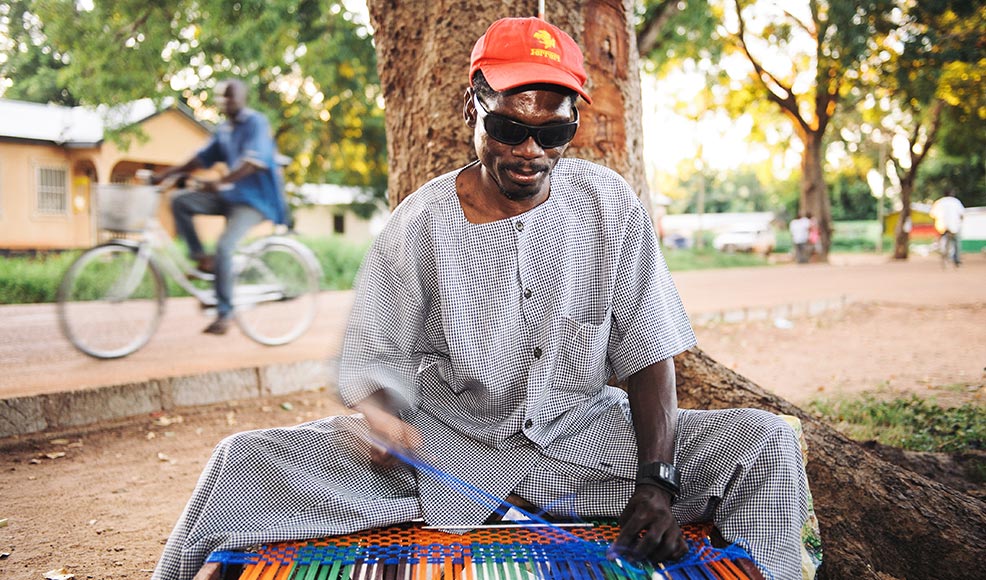Your progress
0%
Here are some of the key ideas you will need to understand in this module.
Use your mouse or keyboard to expand each of the headings below.
Fulfilling personal relationships are important to everyone and are essential for personal growth and development. Stimulating, lasting and satisfying relationships with family, friends and partners are a high priority for most people, including people with disabilities. Unfortunately, some people may incorrectly believe that people with disabilities are not capable of or do not need to form the same types of relationships as people without disabilities. This thinking is damaging and needs to be changed.
Belonging to a family
The word “family” can mean different things to different people. Families come in many forms, but something that they all have in common is that they provide a sense of belonging. Families can provide an environment for learning and development and safety and security.
Family responses to disability
Every family responds differently to disability. One family may find it difficult to accept the birth of a child with an impairment, another may simply be afraid and need more information about what the future holds, while a third may celebrate the birth of their child. CBR needs to understand where each family is coming from and help them in their unique situation.
Sexuality is an important part of life. The topic can be sensitive in some societies and in some communities it might be assumed that people with disabilities are asexual, infertile or have an overly high sex drive. At the same time, persons with disabilities are at higher risk of sexual violence and sexually transmitted diseases (see Supplementary module: CBR and HIV/AIDS).

It is often assumed that people with disabilities will automatically have children with disabilities. There is also a common belief that they will not be able to care for and support their children independently. In extreme cases, people with disabilities, particularly adolescent girls and women with intellectual impairments, have been sterilized without their knowledge or consent.
The CRPD Article 23 states that persons with disabilities have the human right to marry and having a family and have access to reproductive and family planning education.
Violence can occur in every part of society, within families and institutions, and in schools, workplaces, and the community; many different people are responsible. People with disabilities are disproportionately susceptible to violence, particularly because of stigma, negative beliefs and ignorance. They are at increased risk of becoming victims of exploitation, involving physical, sexual and emotional abuse, neglect and financial exploitation
Women with disabilities in particular may be exposed to forced sterilization andsexual violence.